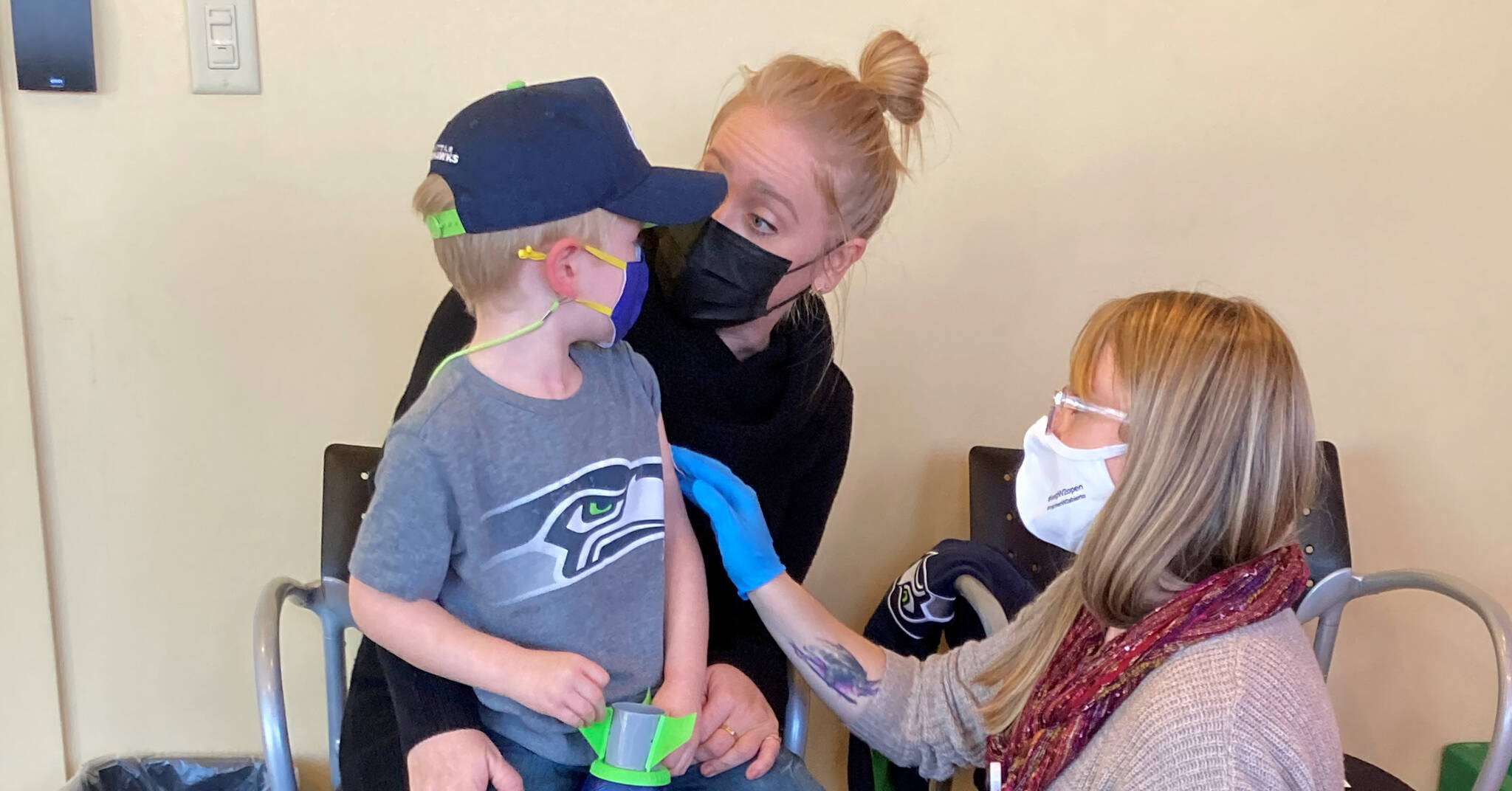As the Washington Department of Health (DOH) recently updated the school immunization data dashboard to include recent data from the 2021-2022 school year, child vaccination rates remain stagnant.
“Vaccines remain the single most important public health strategy for keeping communities safe from many communicable diseases that can lead to disability and death,” said Jamilia Sheris-Jones, Director of the Office of Immunization.
Washington schools are required to report students’ immunization statuses annually to the DOH, which uses the data to track vaccination rates over years and to work towards improving statewide vaccination rates.
Under Washington Administrative Code WAC 246-105-030 and WAC 246-105-040, any child attending a school, preschool or child care facility in the state are required by law to be fully vaccinated against the following diseases:
- Chickenpox (Varicella)
- Diphtheria
- Rubella
- Hepatitis B
- Measles
- Mumps
- Polio
- Tetanus
- Whooping cough (Pertussis)
- Haemophilus Influenzae Type B Disease (required until 5 years of age)
- Pneumococcal Disease (required until 5 years of age)
Washington law also allows parents or guardians to exempt their child from school or child care immunization requirements. Exemptions may be claimed for personal, philosophical, religious or medical reasons; Measles, mumps and rubella may not be exempted for personal or philosophical reasons.
King County childhood vaccination data and impact
The DOH’s vaccine database shows the overall compliance status for K-12 students for the 2021-2022 school year; 92.0% of students completed the vaccinations while 2.8% of students were exempt. Students who were under conditional status, meaning those who were in the process of completing required immunizations was 0.4%.
Those out of compliance were 4.9%, which means they didn’t have documentation of immunity for any one or more of the vaccine preventable diseases for which documentation is required, and were not in a temporary conditional period and without a certificate of exemption.
For the 2019-2020 school year, 92.3% of K-12 students in King County completed their required vaccinations.
“By immunizing a child, you are protecting others in your family and community, particularly those who have weak immune systems or cannot get shots because of a medical condition or because they are too young or too old,” said Jamilia Sherls-Jones, Director of the Office of Immunization. “If there are enough unprotected kids in the community, it could lead to an epidemic, with many kids getting sick.”
DOH vaccination rates broken down by school districts for K-12 students during the 2021-2022 school year includes:
Bellevue School District (total of 23,630 students):
- Complete- 86.3% or 20,390 students
- Exempt- 1.0% or 248 students
- Conditional- 0.2% or 57 students
- Out of Compliance- 12.4% or 2,935 students
Issaquah School District (total of 20,212 students):
- Complete–94.2% or 19,043 students
- Exempt– 1.5% or 302 students
- Conditional– 0.1% or 22 students
- Out of Compliance– 4.2% or 845 students
Lake Washington School District (total of 34,966 students):
- Complete– 93.6% or 32,741 students
- Exempt– 3.2% or 1,136 students
- Conditional– 0.4% or 128 students
- Out of Compliance– 2.7% or 961 students
Mercer Island School District (total of 6,436 students):
- Complete– 93.8% or 6,034 students
- Exempt– 1.4% or 92 students
- Conditional– 0.1% or 4 students
- Out of Compliance–4.8% or 306 students
Northshore School District (total of 26,290 students):
- Complete– 92.9% or 24,435 students
- Exempt– 4.1% or 1,077 students
- Conditional– 0.2% or 41 students
- Out of Compliance–2.8% or 737 students
“Even in districts with higher immunization rates, choosing not to vaccinate a child is a choice to risk getting a serious and sometimes deadly disease,” said Sherls-Jones. “DOH recommends children get caught up on their childhood immunizations as soon as possible to reduce the chance of children getting sick from vaccine preventable diseases.”
Sherls-Jones brought up how some diseases, such as pertussis, varicella and rotavirus, are still very common in the U.S. while other diseases, such as measles and mumps, are still present in the country at low levels.
“If unimmunized kids are exposed to any of these diseases, there’s a good chance they’ll get the disease and they may become sick enough to be hospitalized, suffer a permanent disability, or die,” said Sherls-Jones.
Stagnant childhood vaccination rates in the state means that if an outbreak occurs, there’s a greater risk of increased spread and more individuals becoming sick, said Sherls-Jones, who sees this as an opportunity for Washingtonians to increase school immunization rates.
The DOH will continue to work with local health jurisdictions and healthcare providers to increase the awareness of and access to immunizations. Healthcare providers are also encouraged to enroll in the Washington State Childhood Vaccine Program, which provides publicly purchased vaccines for all children under the age of 19 years, with the goal of increasing access and narrowing equity gaps to vaccines.


